Overview
The Congo Nile Trail spans 227 km along Lake Kivu from Cyangugu in the south to Gisenyi/Rubavu in the north. Most people will walk the 80km unpaved section between Kibuye and Gisenyi. Lake Kivu, one of the African Great Lakes, lies between Rwanda and the Democratic Republic of the Congo.
We did this hike in late December 2019. While the summer heat and humidity brought afternoon storms, we were lucky the clouds held during the peak hiking hours of the day. It’s quite safe in Rwanda and you can do this walk without a guide. You can hike in a group, join other hikers you meet on the way, or do the hike alone.
To follow the trail on your own, you can follow the hiking route with this Congo Nile Trail map.
Not only is Lake Kivu a fresh water lake, it's also one of the three known to have limnic eruptions. Basically, the lake is filled with an astronomical amount of methane and carbon dioxide gases, due to local volcanic activity. A trigger event (like a very large mudslide or eruption) could case the lake to overturn - the methane gets forced out of the water, sparks a methane explosion, and releases the carbon dioxide. This carbon dioxide would quickly suffocate the millions of people and animals living along the edge of the lake. A lake tsunami is also likely. This tragic event has already happened in 1984 at Lake Monoun and Lake Nyos in Cameroon.
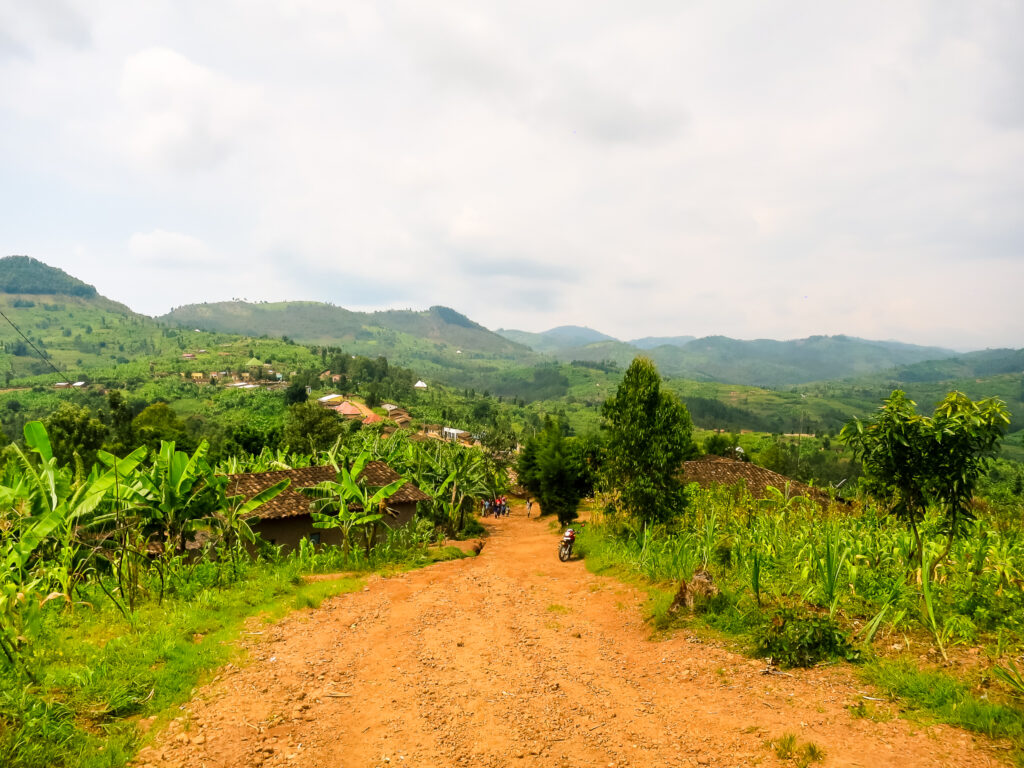
Day 0: Kigali to Kibuye, the start of the Congo Nile Trail
The Congo Nile Trail is about a 4hr minibus taxi ride from Kigali straight into Kibuye (also known as Karongi). You can find a minibus at the main bus station in Kigali (just ask anyone for directions). If you have a big bag on your back, you’ll probably stick out and someone will rush to help you find your way to the right bus. You can purchase your ticket at the bus or at the ticket office.
A driver will probably try to get you to buy a ticket from him and get you to board his empty bus. Don’t. They will only drive off when their bus is full. He will use your naïve soul to act as the bait to attract other customers. You could easily spend 2hrs waiting for the bus to fill up. At one point on our trip, I was very close to paying for 6 empty seats rather than wait for more people. Rather keep asking around until you find a bus about to leave or just a few seats from filling up.
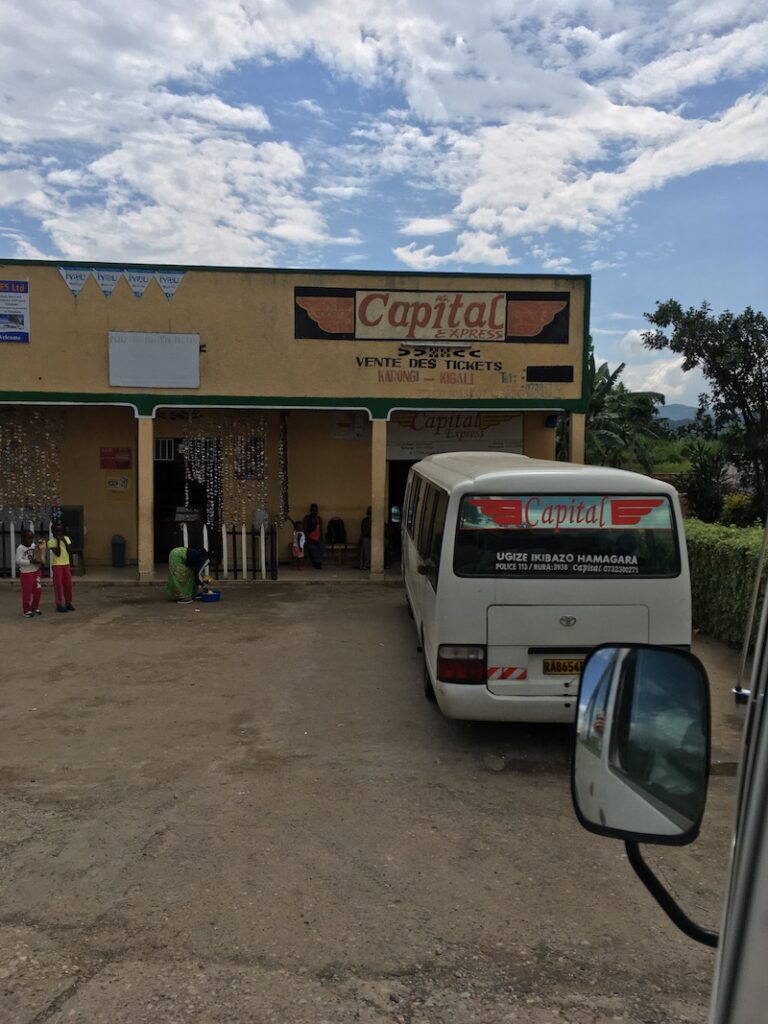

At the bus station, after a lot of back and forth we found a minibus taxi to bring us to Kibuye (for 2780RWF). It was a bit bigger than a South African minibus taxi and less comfortable. The people I sat next to were spitting the whole time into the space in front of them – the same space you’d have to step onto to exit the vehicle. It smelled disgusting. I sat on a ‘laptop’ most of the trip (a small foldable seat in the aisle without a backrest). Chris sat on the hot engine in the front. It was the most uncomfortable ride of my life. But then again, I hadn’t yet taken the bus to Kampala.
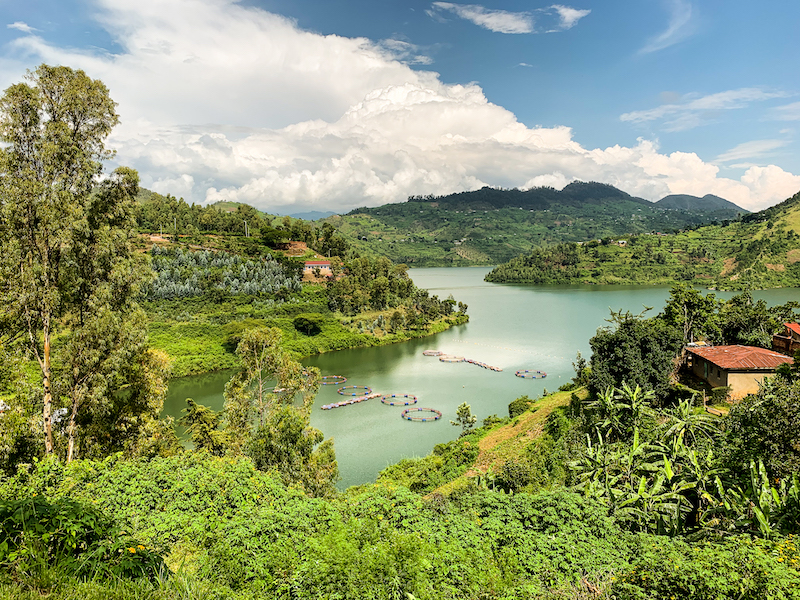
If you stay at Home Saint Jean, it’s just a 10-15 minute walk straight out of the bus station in Kibuye, up the hill and on the little peninsula past a church. Accommodation prices are cheaper if you book directly when you are there instead of online. It’s about 16000RWF – 20000RWF for twin/double room with bathroom. I believe there was a student special. You can reach the place at 0784 725 107.
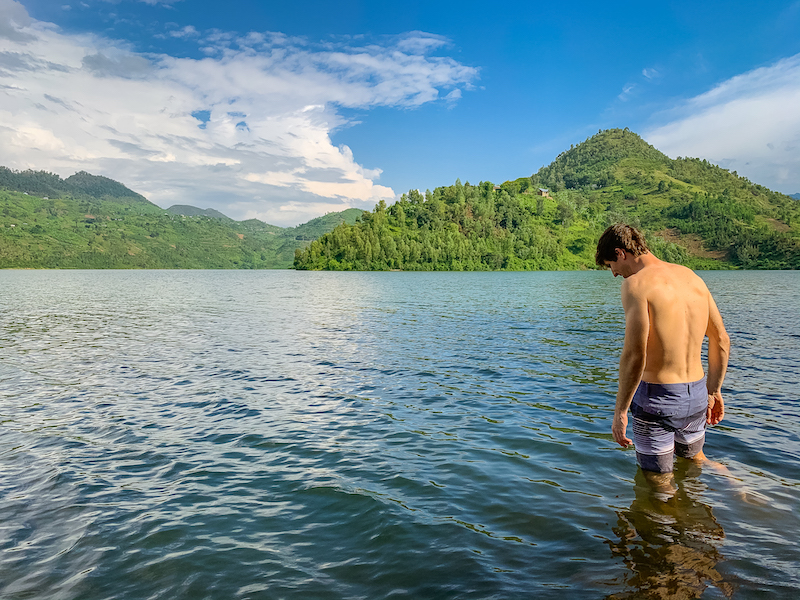
Day 1: Kibuye to Bumba to Kinunu, 30km, 8hrs
We had spent the night after arriving from Kigali at Home Saint Jean in Kibuye and woke up at 7am to rain. Luckily, this was the only day we needed rain covers over our bags – the rest of the mornings were clear, and the rain clouds only gathered in the late afternoon. It was our longest day of the Congo Nile Trail, and we still needed to catch a bus to the hike start – Bumba/Rutsiro (just before Diana Fossey Hotel).
We picked up some more cash on the walk down to the bus station. Bring plenty of cash with you because card payments aren’t guaranteed (even if advertised). There aren’t any ATMs along the trail, at least from what we saw. We calculated the best we could beforehand what cash we would need so that we wouldn’t have a bunch of Rwandan francs to exchange for a loss at the end of the trip.
At the small bus station, after getting shuffled around by some people there, we found the right bus company. The ticket man apparently wasn’t in the mood to sell tickets that day, given he was engrossed in a soccer game on his friend’s phone screen. A lady walked in and snapped him out of it.
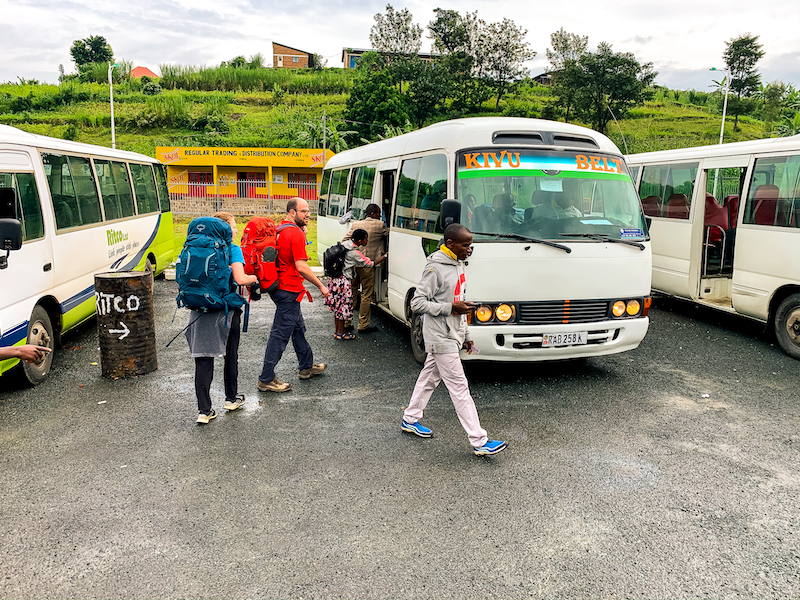
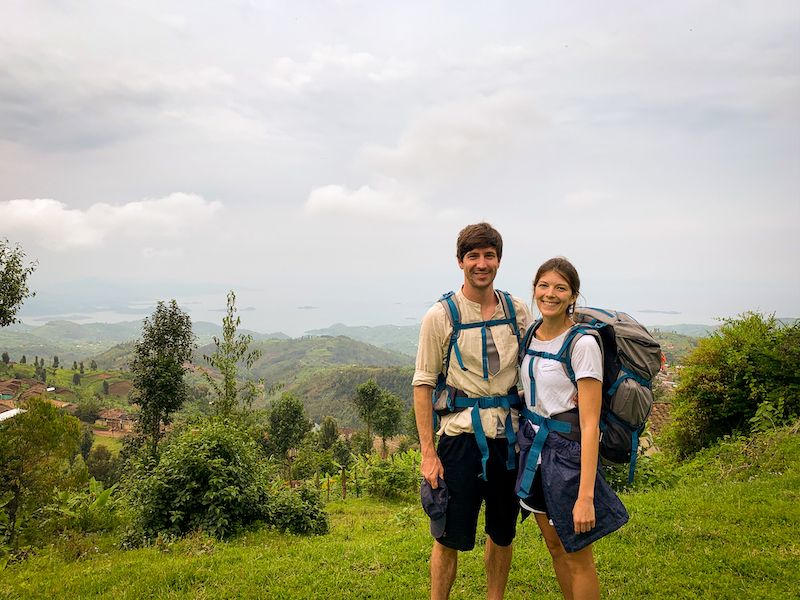
Eventually we secured our tickets (1000RWF, less than $1 each) for what was supposed to be the 8 o’clock bus towards Rutsiro. The bus was totally empty when we got there at 7:55. We sat down, confused if this bus was going to leave in five minutes. A man was sitting behind us, so we turned around and asked:
Me – “Hi, excuse me, do you know when this bus is going to depart?”
Him – “Hmmm, not sure, what does your ticket say?”
It turned out later that same guy was our minibus taxi driver. He literally didn’t know what time his bus was leaving…HIS bus.
Around 8:44am a lot of people piled into the vehicle filling it up completely. Our ticket was printed for 8:45, it turns out. No idea what happened to the 8am bus. We stopped briefly on the way out of the terminal to pick up another hiking couple and then were off. It took till about 10:30 to get to the Bumba stop where we got off with the other two hikers. (It shouldn’t have taken this long but the driver kept getting in arguments with passengers.) Cassey and Matt, as it turned out, ended up hiking with us the next two days to Cymbiri.
The first thing we did when we got off the bus was find the drop toilets in Bumba. Then with the help of the base camp owner, we re-entered the Congo Nile Trail and began a 4km downhill walk on the 15km stretch to Musasa. I think it’s fair to say we all appreciated the downhill considering the rest was all uphill.
After the downhill, we lost the trail for a bit. We asked a lady for help (limited English will get you far, don’t bother with months of Duolingo French like I did) and she pointed us to a shortcut through a banana plantation. After we joined back with the main dirt road, we came across a bend at one point. It brought us through a valley of fields and to our first stream crossing. We precariously balanced on the logs laid across to get to the other side giving the watching kids their daily dose of amusement. We then hiked up a hill until we saw a waterfall out beyond the fields. I can’t remember the specifics of the day other than that it was hot, humid and there were many very green hills everywhere.
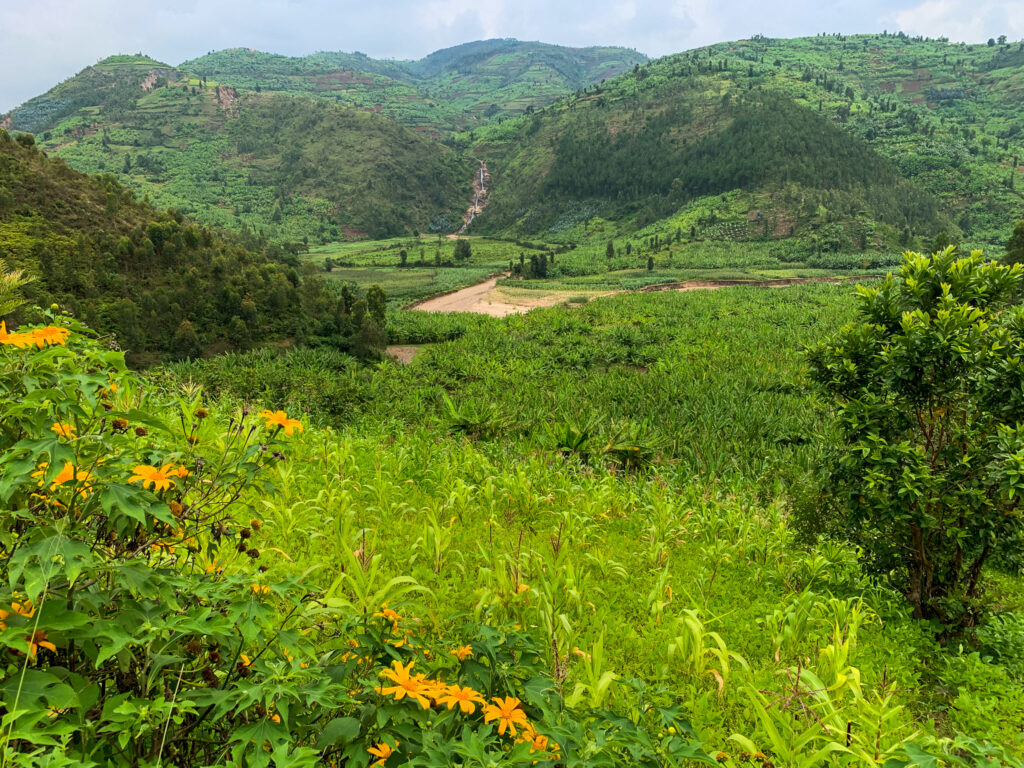
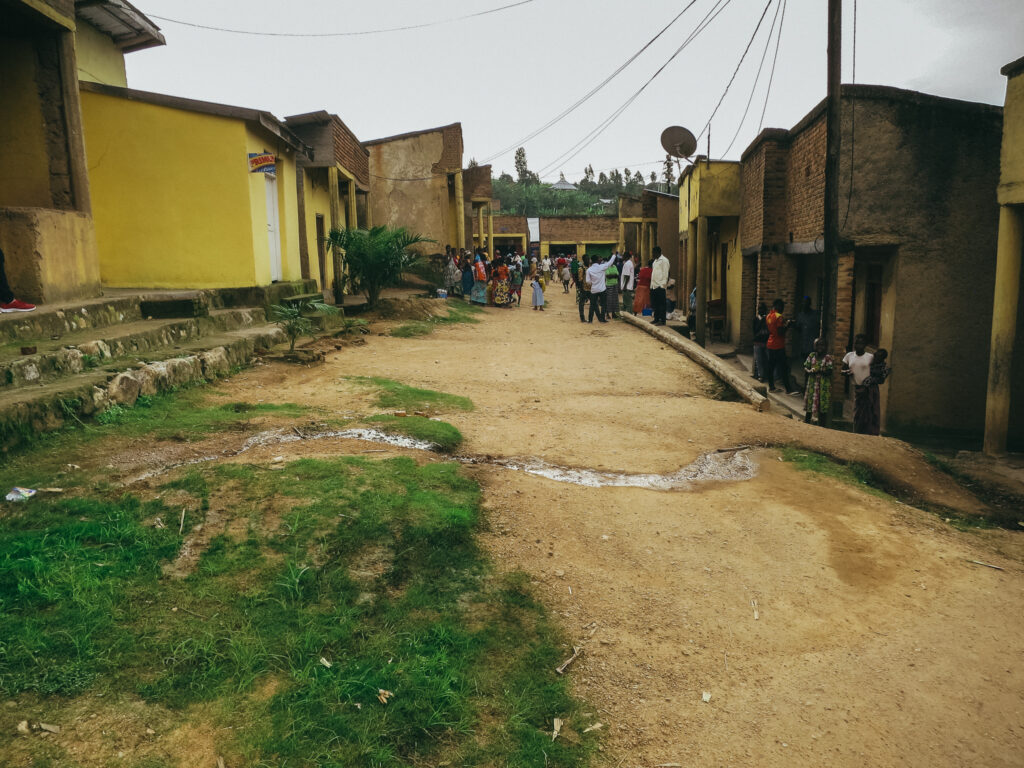
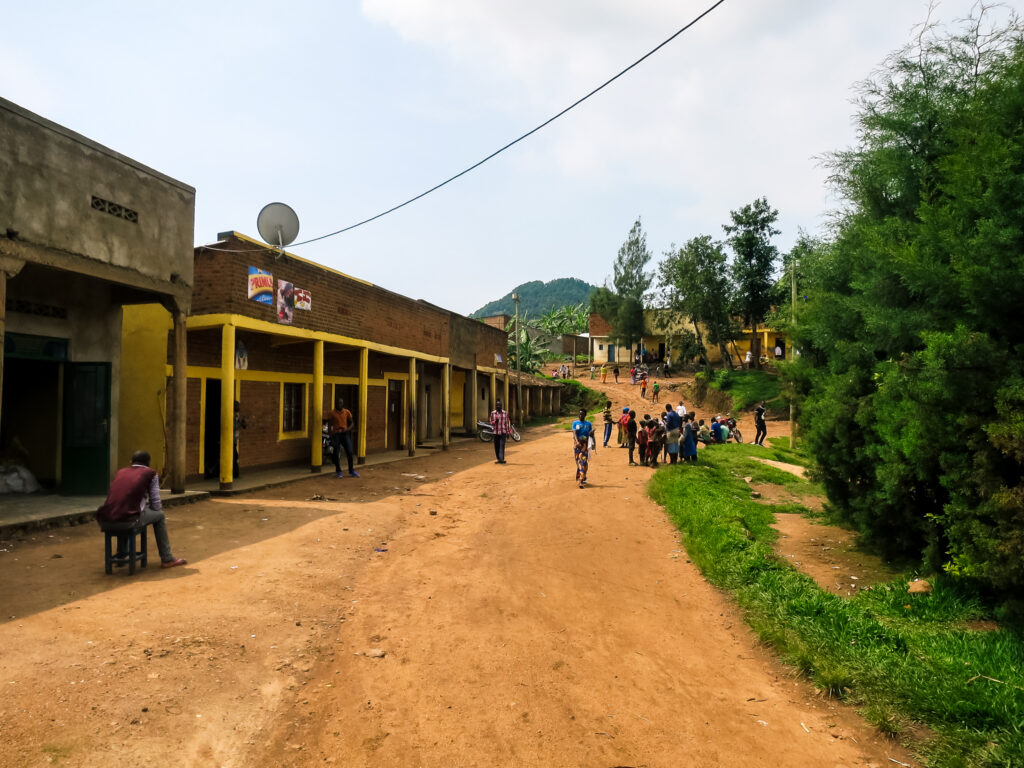
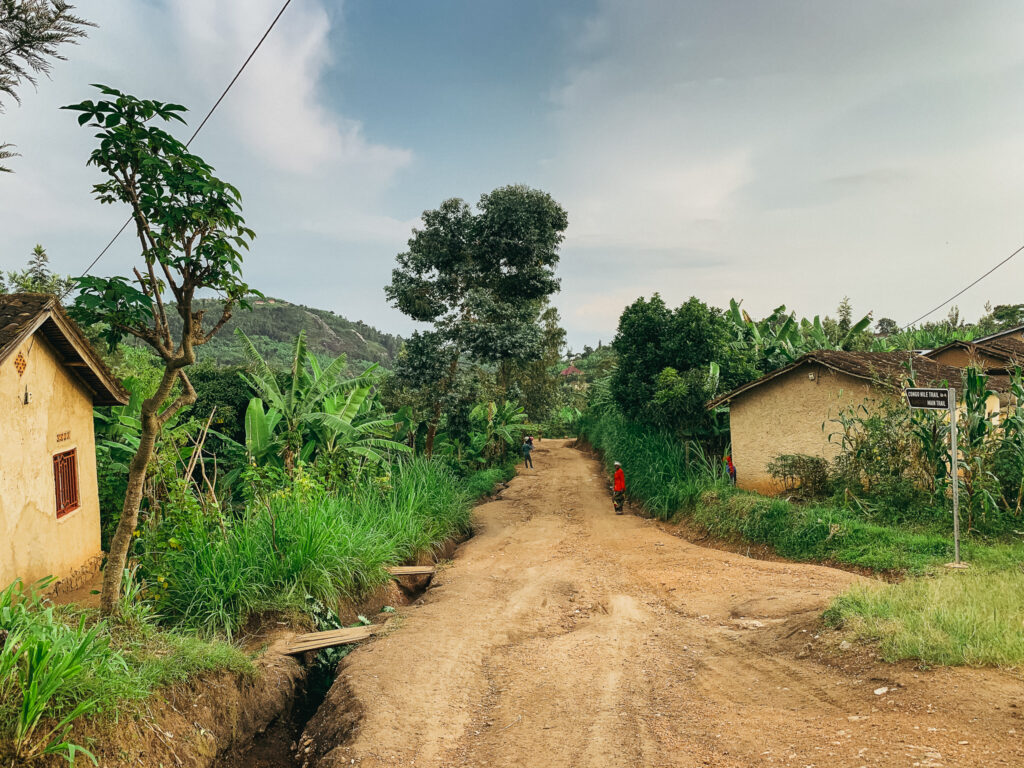
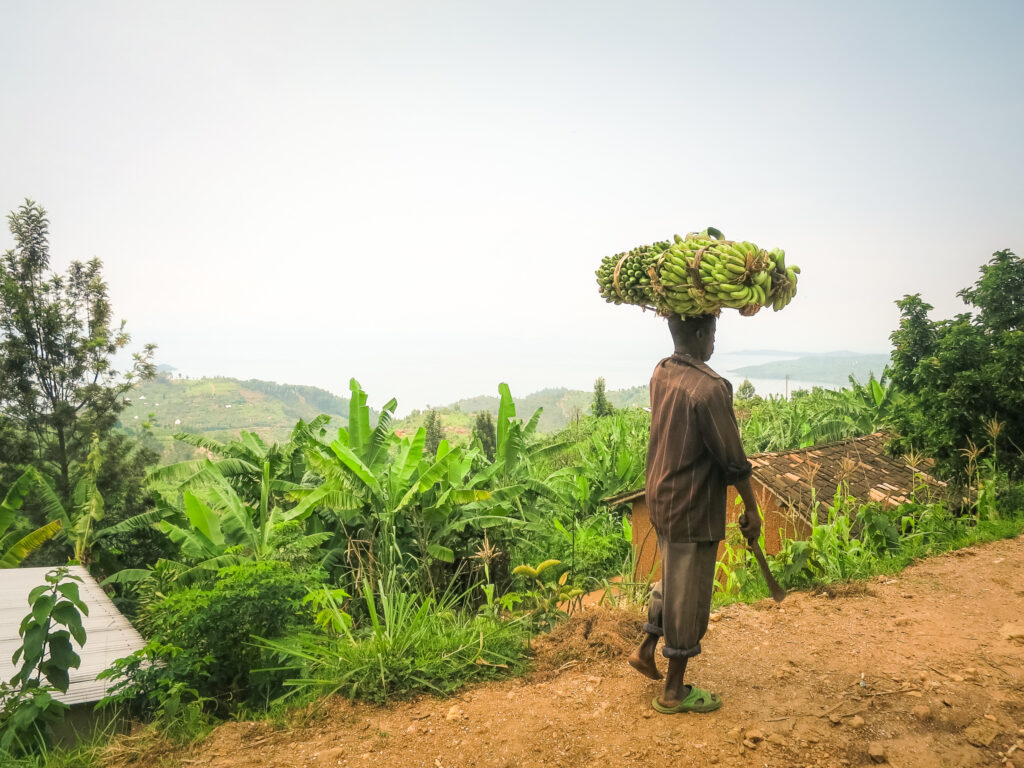
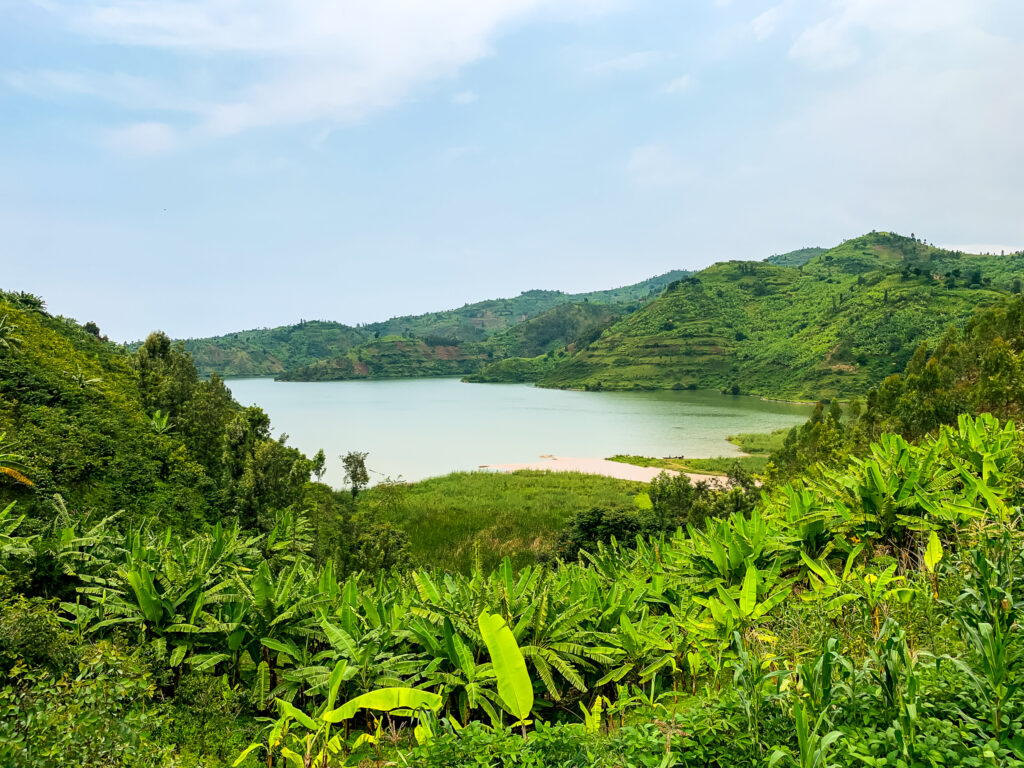
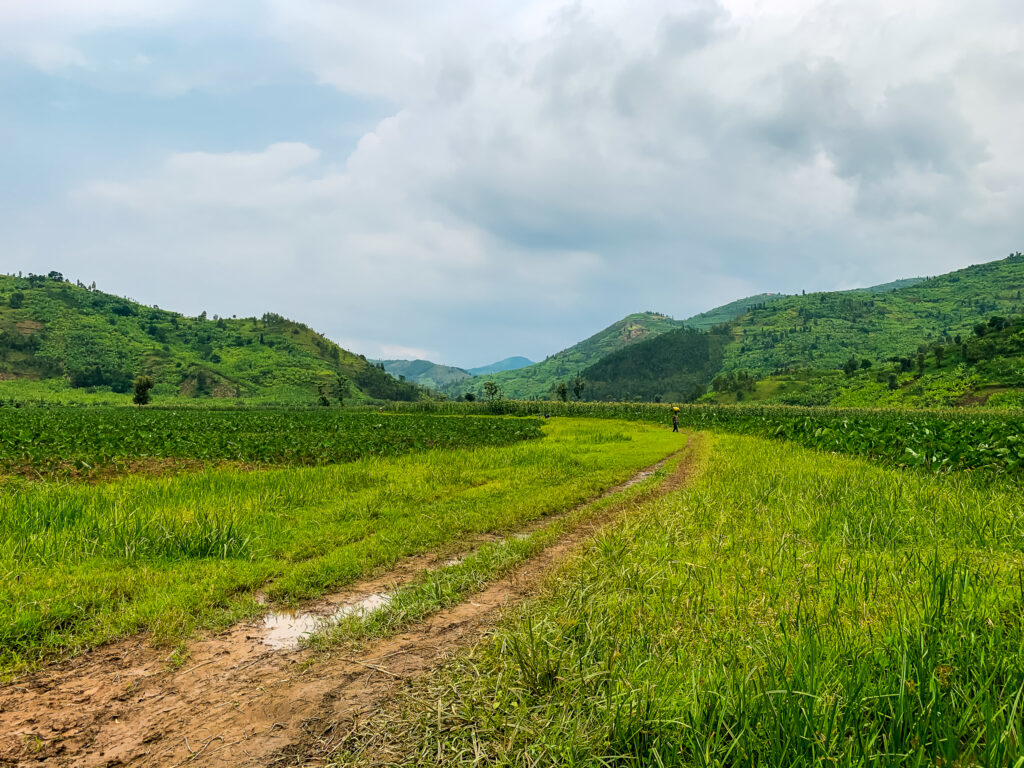
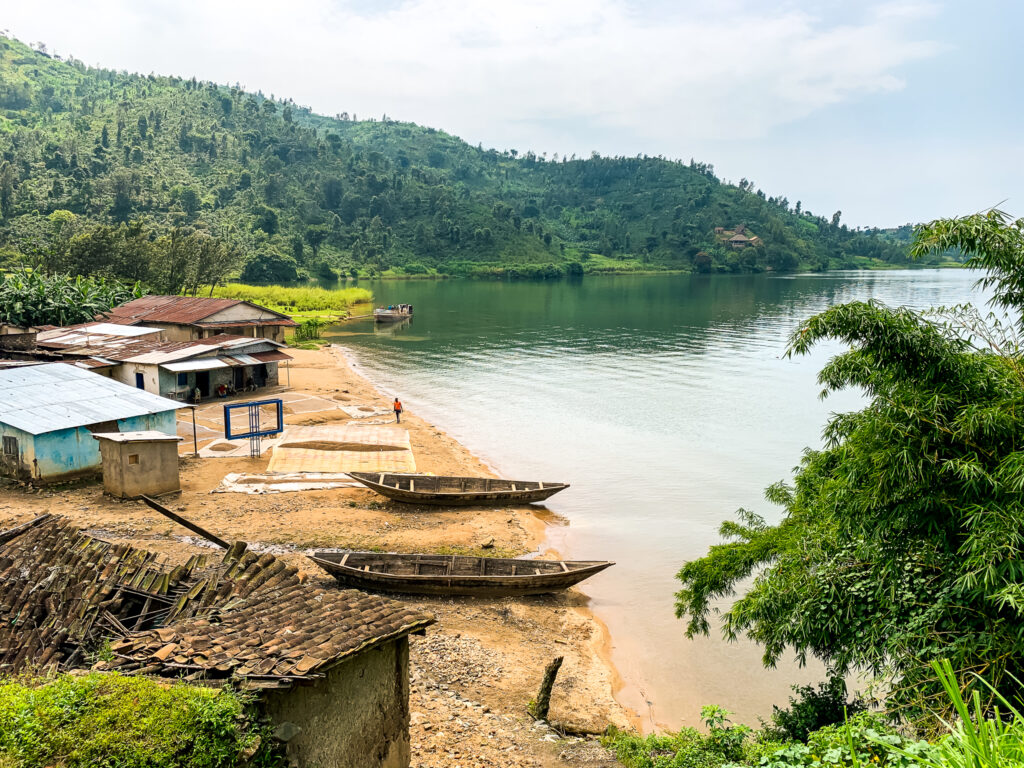
We stopped for a break at the Musasa Homestay for bread and some of their leftover banana cake (get this) and cold sodas. (Be warned, diet coke is not a thing here.) Luckily, we had bought some peanut butter in Kigali, so that helped give the plain bread some flavour. We had agreed if we made it to Musasa by 1pm, we would push through another 15km to Kinunu Base Camp. Well, we made it by 1pm, so after a thirty-minute break, we were off again.
On the way we passed a lot of villages and kids greeting us “Good morning! How are you? What is your name? How old are you?” Cassey and Matt were better at entertaining those questions for the 100th time than I was. There were some incredible views during this day that kept us motivated to the finish.
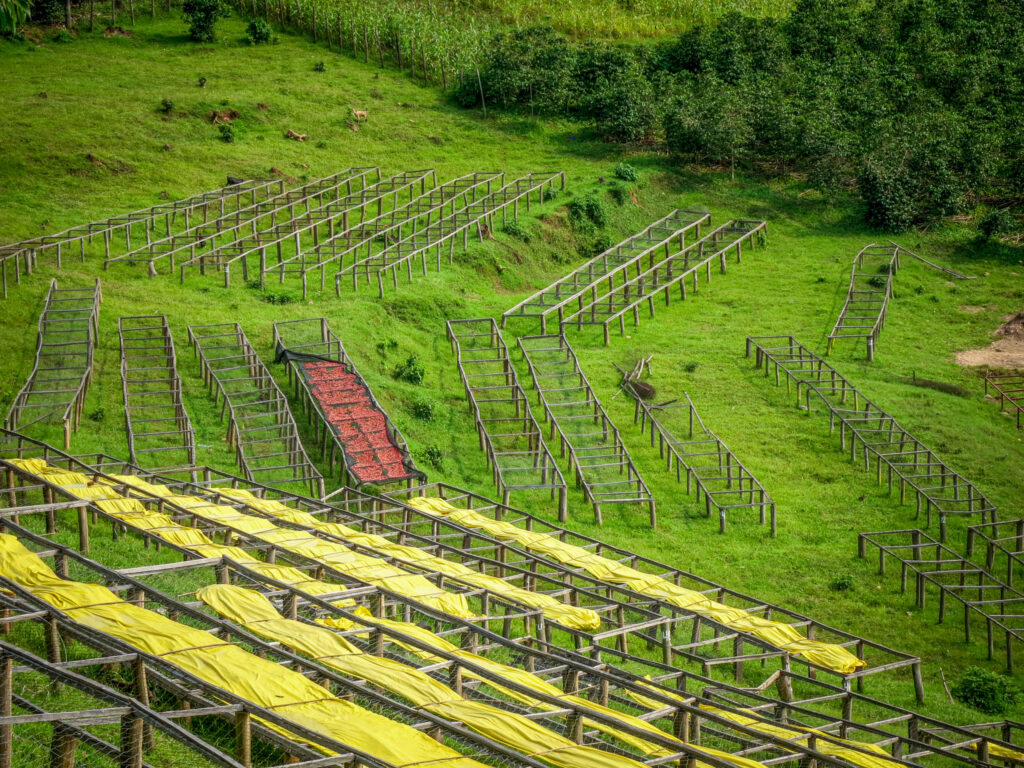
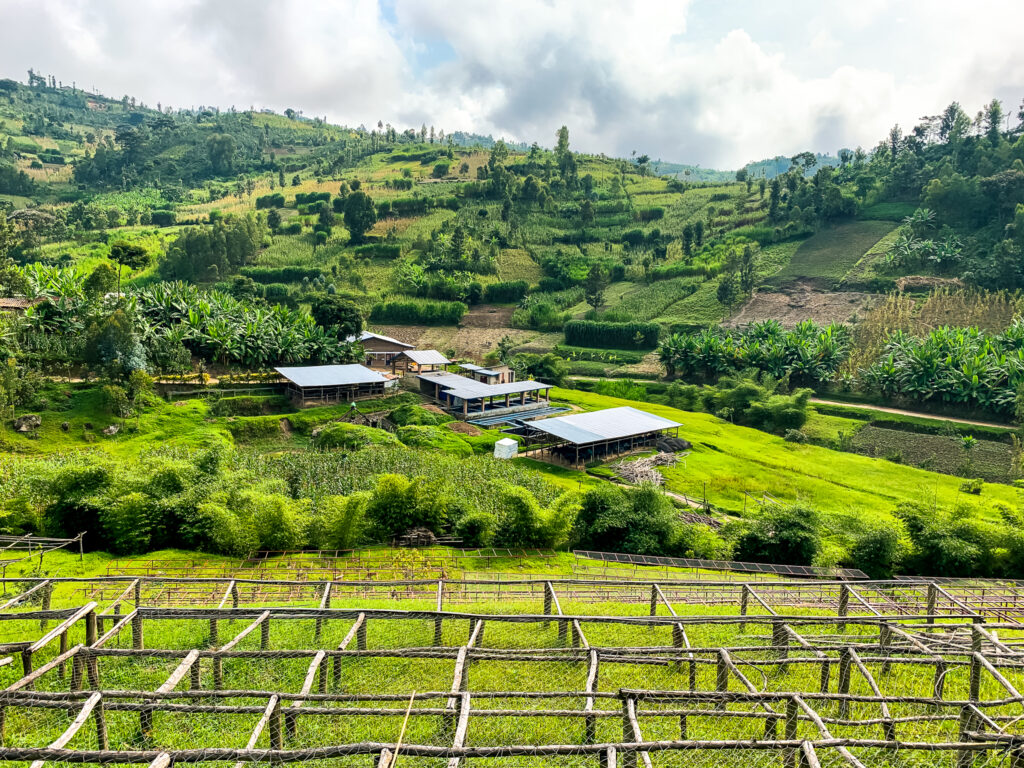
We were very beaten and sore by the time we reached Kinunu. It took until 6pm to get there, just as the sun was setting and the rain started. The base camp is right by a coffee washing station and near the lake. If you got there earlier, you could go for a quick swim. We had some dinner that night and chatted with an Icelandic couple before rinsing out our hiking clothes and turning in relatively early for bed.
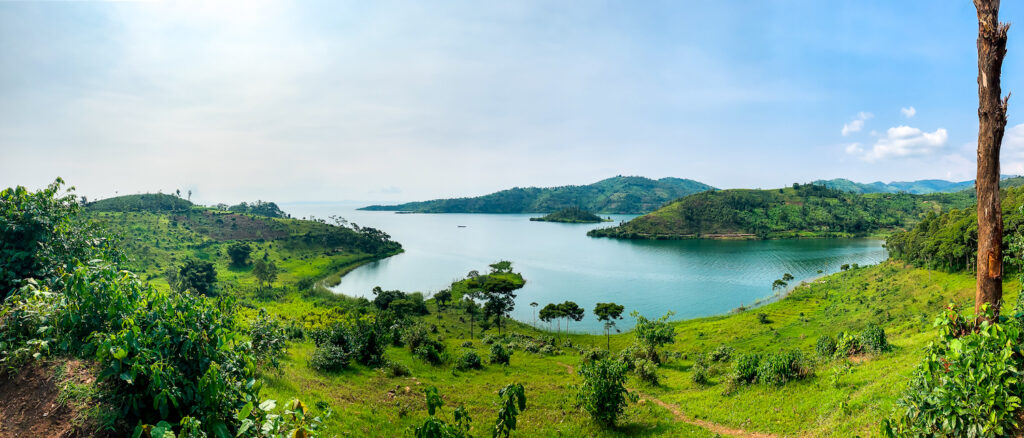
Basic Info + Tips:
The minibus is 1000RWF per person from Kibuye to Bumba. Buses run every 30 minutes through the day, starting at about 7 am. It should take 45 minutes, but it took us 1.5hrs. There are bathrooms at the bus station, if you are ok with squat toilets.
Kibuye to Musasa is 14km. It took us 3hrs, but we were ploughing through. It might take you up to 6hrs depending on your fitness, the heat, and the humidity.
The Musasa Base Camp does not exist – the Musasa Homestay does. The homestay is open and it is 10000RWF per room with breakfast. Personally, I didn’t find it looked appealing and was glad we chose to get to Kinunu.
At Kinunu you have two overnight options: Kinunu Guesthouse or Rushel Kivu Lodge (more upmarket). The pricing can be variable at Kinunu. The dorm beds are around 13000RWF pp, while double rooms go from 25000 – 35000RWF (for two people). Dinner is 3000-5000RWF pp, and breakfast is 3000 RWF pp. You can also pitch your tent there for a fee. Contact number: +250 788 363 466
There are no other points along the trail, other than Kinunu where you can buy coffee beans right from the source. I know you have some days ahead of you still, but get them there and you won’t regret carrying the extra 500 grams later.
Day 2: Kinunu to Cyimbiri, 17.5km, 6hrs
After eating a breakfast of fresh fruits, bread and omelettes, we set off together with Cassey and Matt at around 9am. This day we only had about 17km of the Congo Nile Trail to go, but for some reason it felt so much harder than the day before. I guess it did start with quite the hill back out of the base camp. And I suppose our shoulders were still incredibly sore from lugging 10kg the day before. My bag was killing my lower back by my tail bone because it wasn’t sitting properly. And my little toe (the one I’d broken a year before) was struggling with a blister.
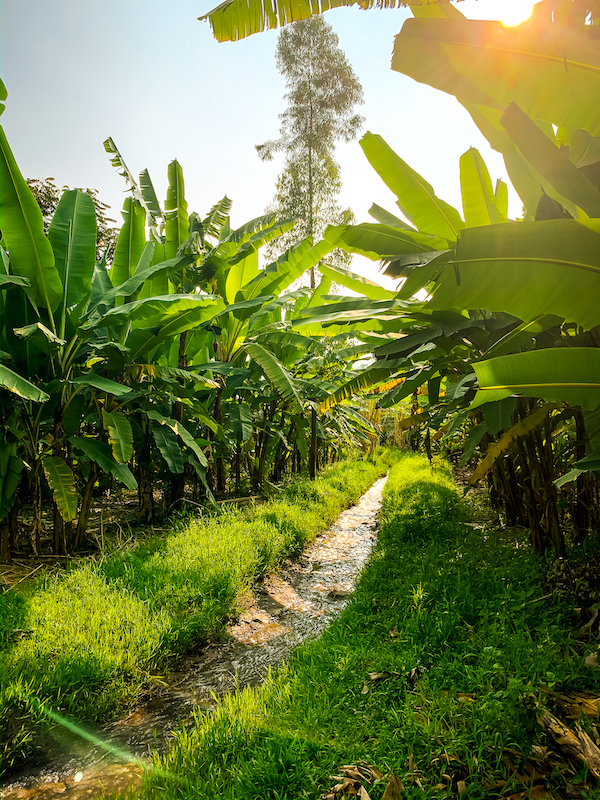
We took a short cut through a field as thunder clouds gathered before reconnecting with the main trail. We also passed a few other hikers that day.
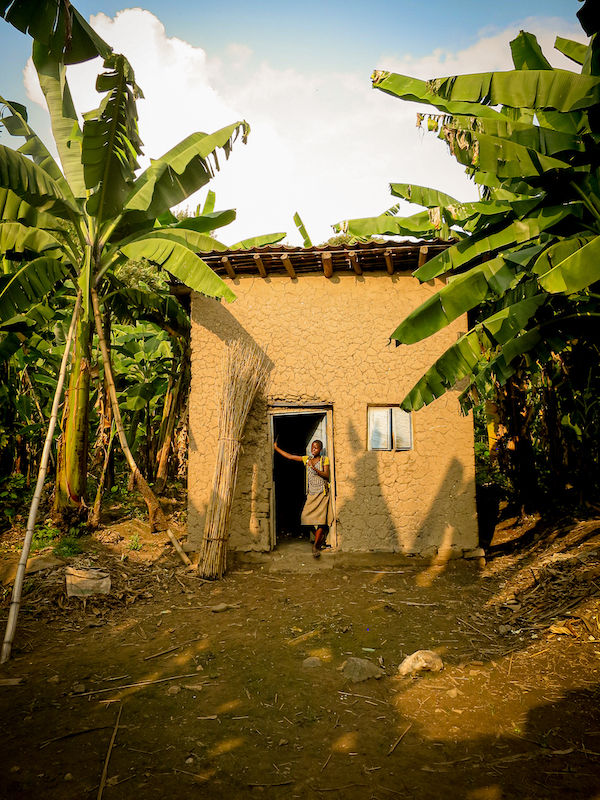
In one of the villages we passed through, all of the kids all rushed out of school to join us for our walk. This happened pretty regularly, but at the end of the village, the kids would turn back. Adults would sometimes join as well. Overall, you will hear kids before you see them. We didn’t walk long without hearing “Mzungu Mzungu!” coming from a tree, a far off hill or the fields. Usually they’d run through the standard list of questions “Good morning!” (Even if it was late afternoon.) “How are you?” “What is your name?” “How old are you?” There was the occasional “Give me bottle” and “Give me money”, but that was only closer to the end of the hike when we were nearing the city.
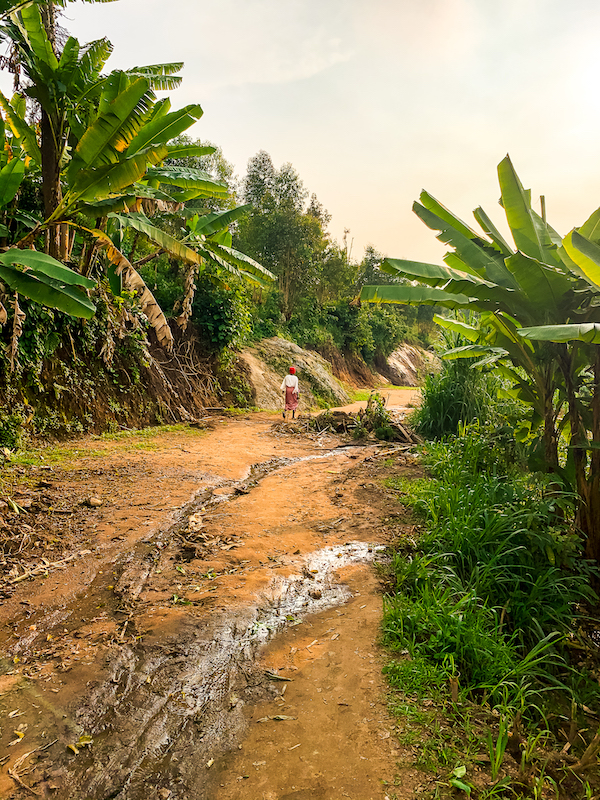
We got some sugar cane in one town and passed a UN peacekeeper doing a cycle ride who stopped to chat with us. After a long meander along the lake, we made it to the Cyimbiri guest house in the early afternoon. We ordered lunch (omelettes which took forever to make) and then chatted with the Israeli guests. Eventually our hiking friends left with mototaxis to Rubona (they only wanted to hike 2 of the days).
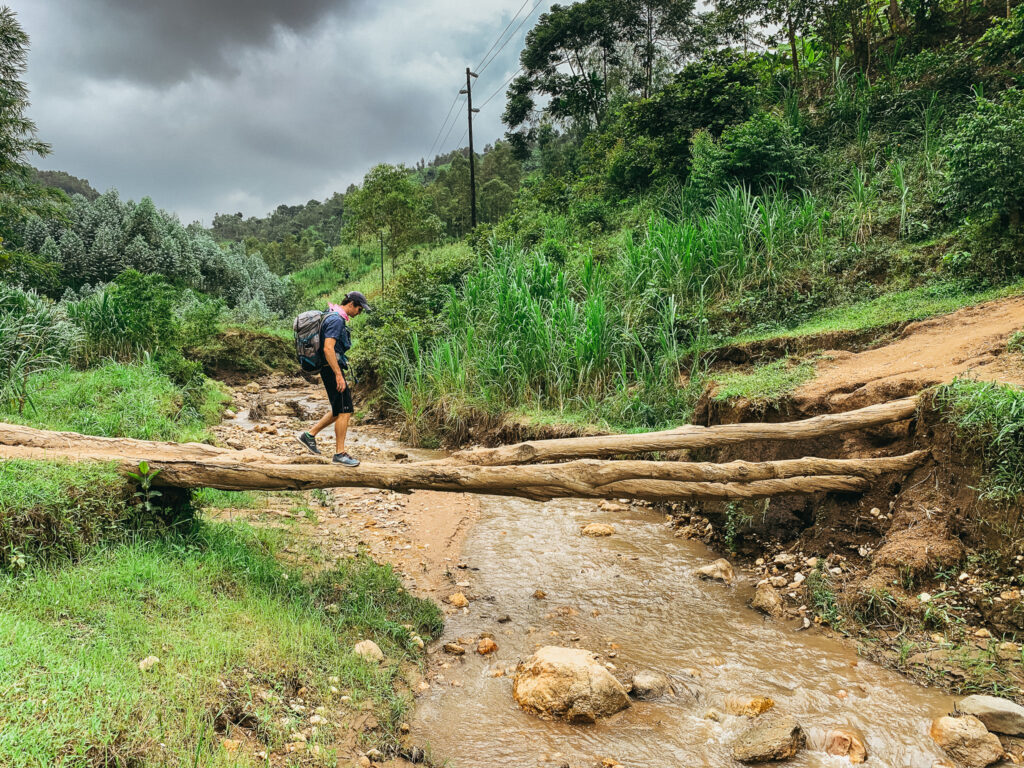
While we had dinner with the other guests, there was a massive thunderstorm outside. The lightning was insane – it was lighting up the sky and illuminating the Congo’s shores. It also kept killing the power so it would go pitch black while we were inside talking to the Israelis, until we found a kerosene lamp.
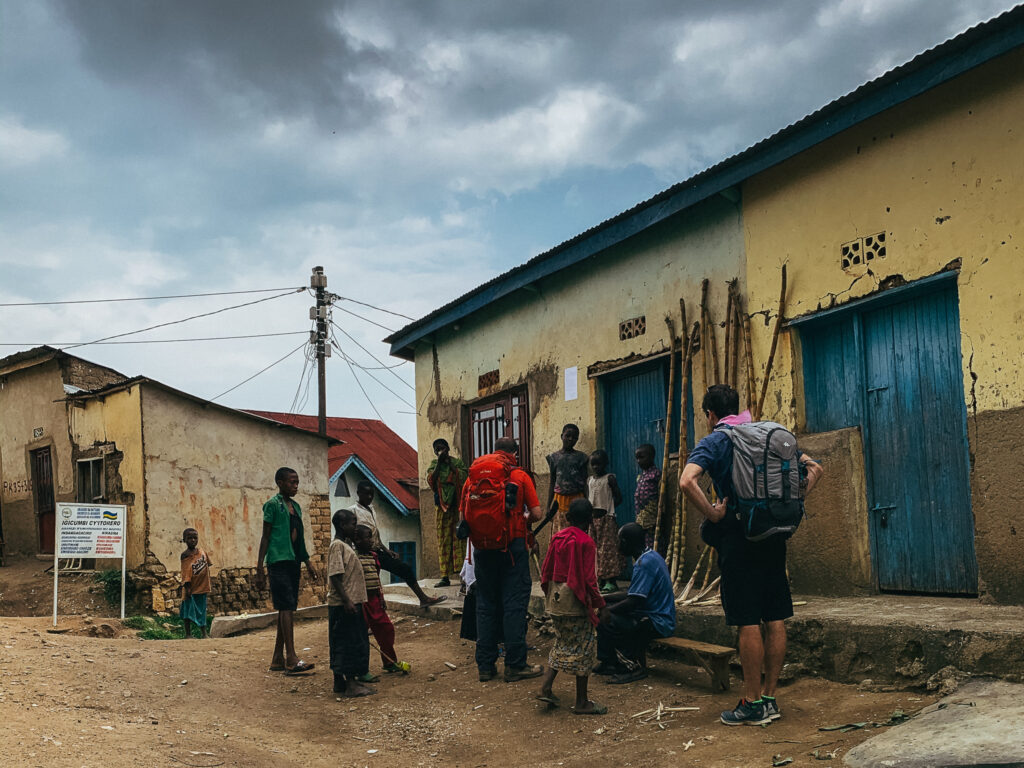
I should mention that the quality of the rooms was really poor. This was the one place where I would have preferred my own tent. The mattress was quite spent (as they all tended to be in Rwanda) with a massive dent in the middle of the bed that made it impossible to not roll into it. Chris slept on a bed which was missing a leg and slanted at a 30-degree angle towards the ground. Needless to say, we didn’t really get any sleep. The shower was super cold as well, so I looked forward to the next day’s shower.
Basic Info + Tips:
Cyimbiri has several double rooms at 15000RWF for two people. The buffet dinner has an interesting assortment of carbs and teeny tiny fish for 5000RWF. Breakfast, which includes fruit, an omelette, and bread, is 2000RWF.
There are no villages nearby, so make sure you’ve got everything you need.
Day 3: Cymbiri to Rubona, 24.5km, 7 hrs
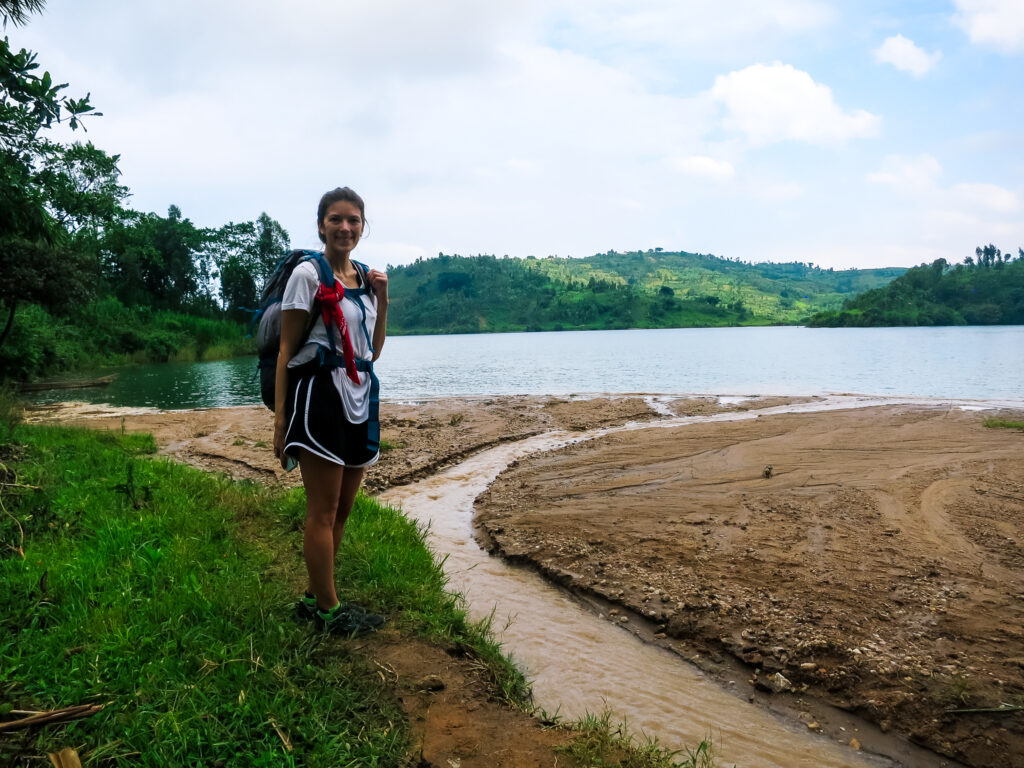
After a filling breakfast, we set off on the last day of our hike on the Congo Nile Trail. It passed incredibly quickly. The first stretch of the hike was along the lakeside, which was cool because we hadn’t actually walked directly along the lake much. We passed a sports field and a few villages, opting for some alternative smaller paths instead of the main roads. One of those paths ended in a deep ditch and a river that we couldn’t cross without a bridge, so we had to retrace our steps a bit until we could find a place in the marsh to cross. As we turned inland, we passed loads of pretty coffee plantations lining the hills. A group of people was working with coffee beans at one point on the road.
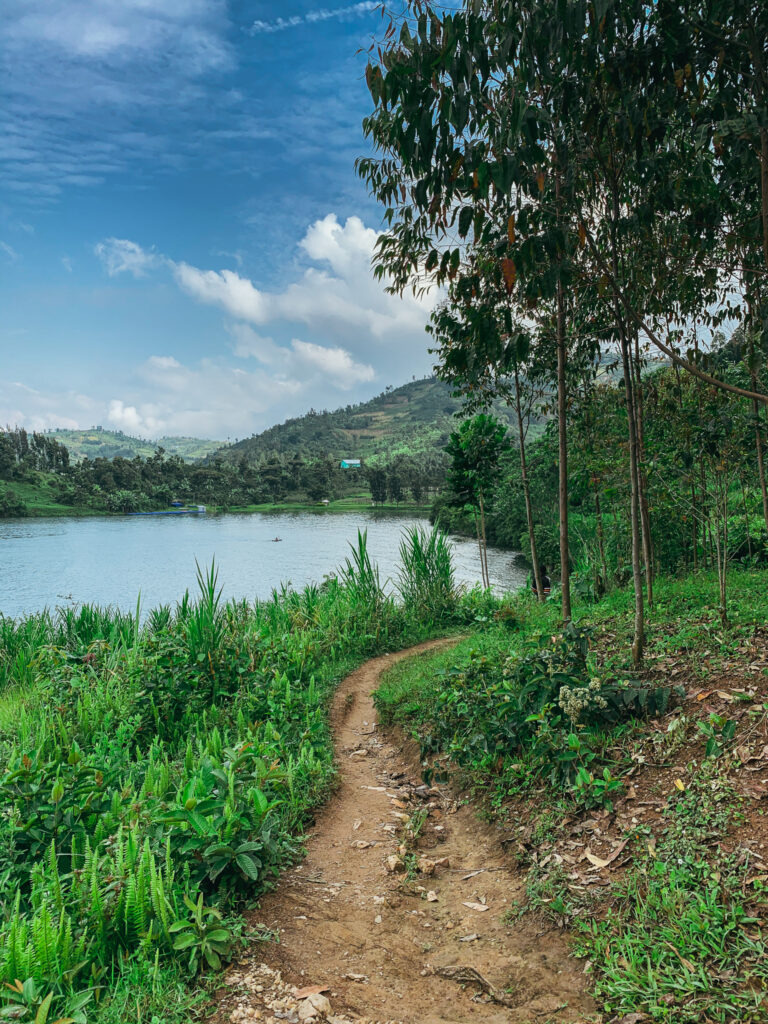
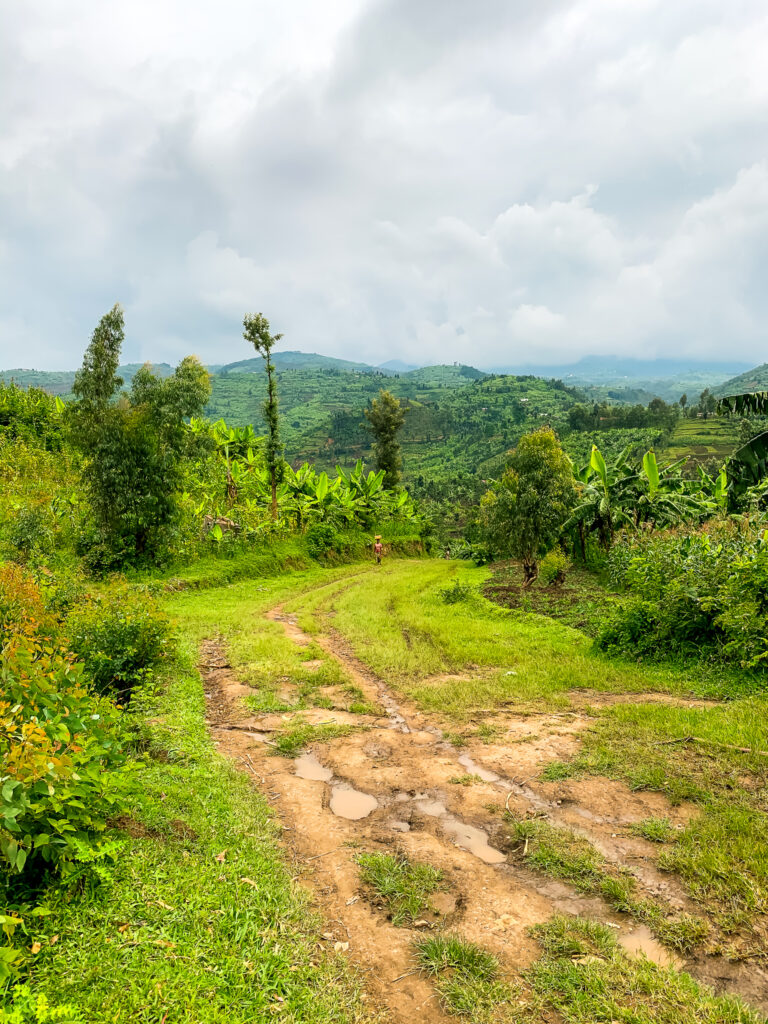
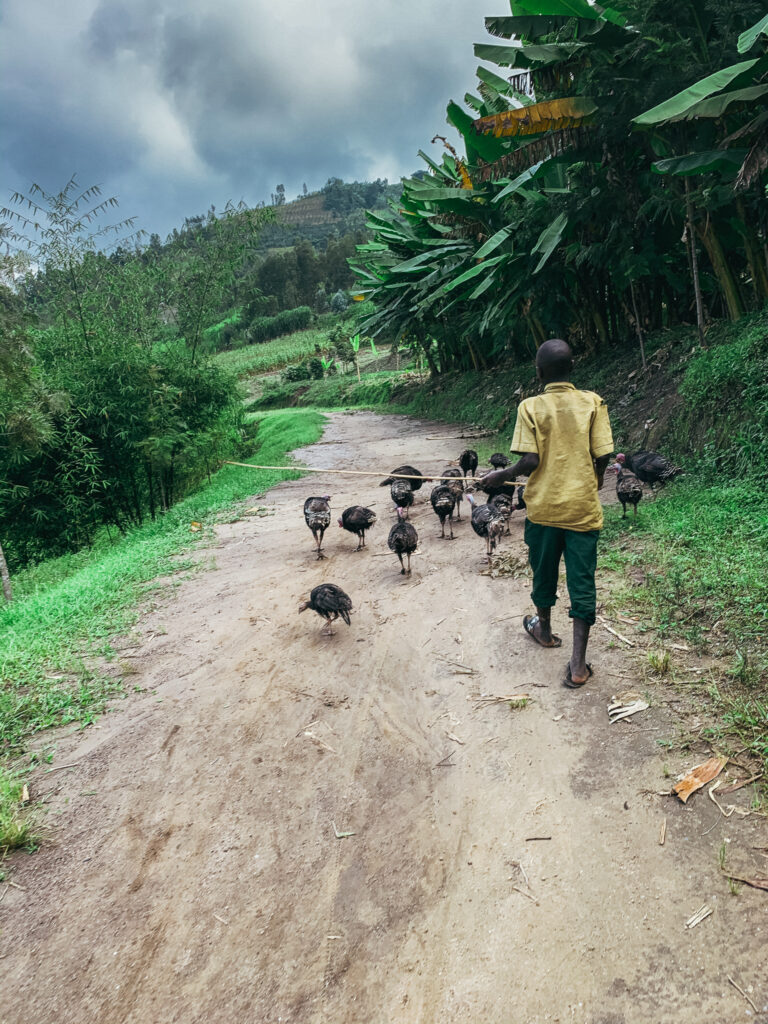
The last stretch of the Congo Nile Trail was along a road under construction, so that was gross and uneventful. If you can, I would flag a mototaxi down to skip this stretch. The hike ended up at a busy brewery and felt oddly anticlimactic. It felt sad leaving the quiet villages and green hills of the Congo Nile Trail and entering this busy area.
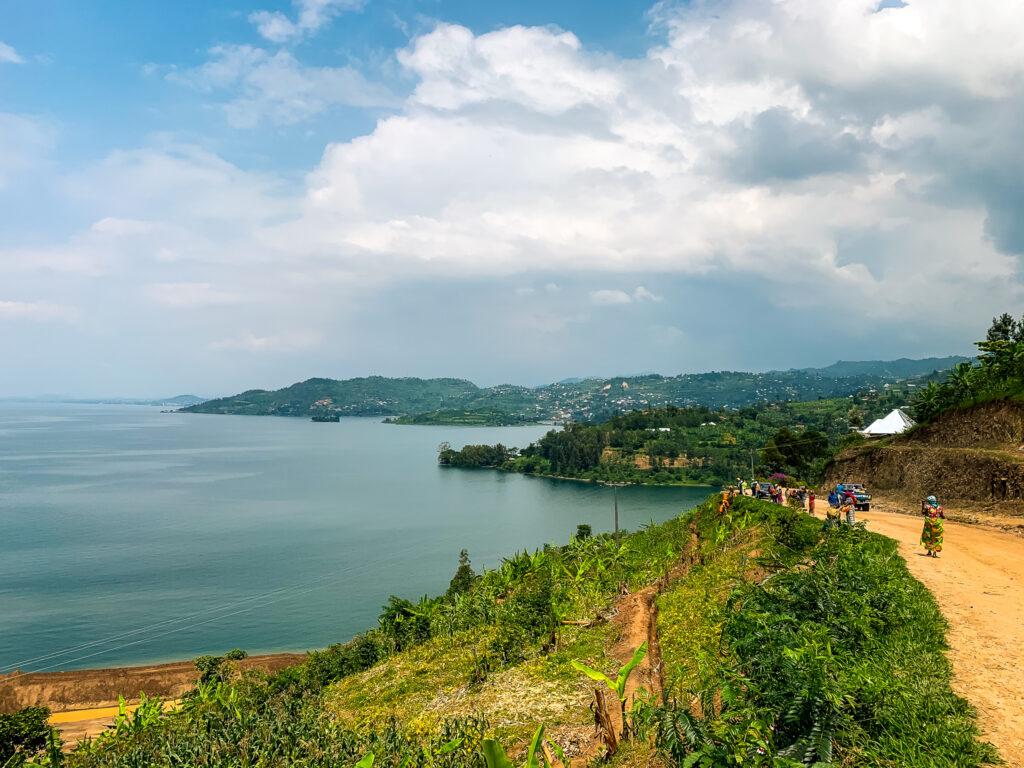
We finished the Congo Nile Trail around 1pm (we walked a lot faster on our own) and checked into what ended up being a terrible hotel (Paradis Malahide) and way overpriced for the state it was in. First off – there was no running hot water from the showers. That was a bummer. I really looked forward to a nice hot shower after days of grime and sweat. But we had a bucket of lukewarm water instead. Secondly, a bar nearby was playing the same Christmas music on repeat loudly from 8am to late at night. Thirdly, there was something massive living in the thatch roof that moved around at night. Fourthly, the hotel may have been nice once, but when we visited it was right next to a road under heavy construction. A bit of a downer for a birthday and Christmas.
I would recommend rather staying at the nearby Inzu Lodge – it’s very peaceful and is a fraction of the price. Paradis Malahide only has good reviews because of the wealthy Congolese visitors who cross the border to have dinner there. The food is quite good. The accommodation is not.
What I would have done differently
I would do this hike again in a heartbeat.
But…I would have done the hike in reverse – from Gisenyi/Rubona to Kibuye. Why? Because Kibuye was a lot prettier than Rubona and would have been a much more rewarding end to a gruelling 3-day walk. The water by Rubona did not look safe for swimming – there was a brewery just a kilometre down the road spitting out all sorts of delicious looking liquids into the water. Also, I wasn’t sure where the sewage from the nearby cities of Gisenyi and Goma was going. Overall, Kibuye is a lot quieter and the views are much more picturesque. You could easily spend a day or two relaxing there.
If you aren’t a fit hiker or want to spend more time enjoying the trails, you can do this trip in 4 days instead of 3. You can break the trip up between Bumba and Kinunu, and stay overnight in Musasa.
I would consider camping – the mattresses everywhere were uncomfortable. I did not want to look under the bed and the cleanliness was questionable, at best. My tent, mat, and a light liner for the warm nights would have been 5-star luxury compared to what we slept in.
I’m very grateful we had peanut butter with us. A little bit of honey would have been nice.
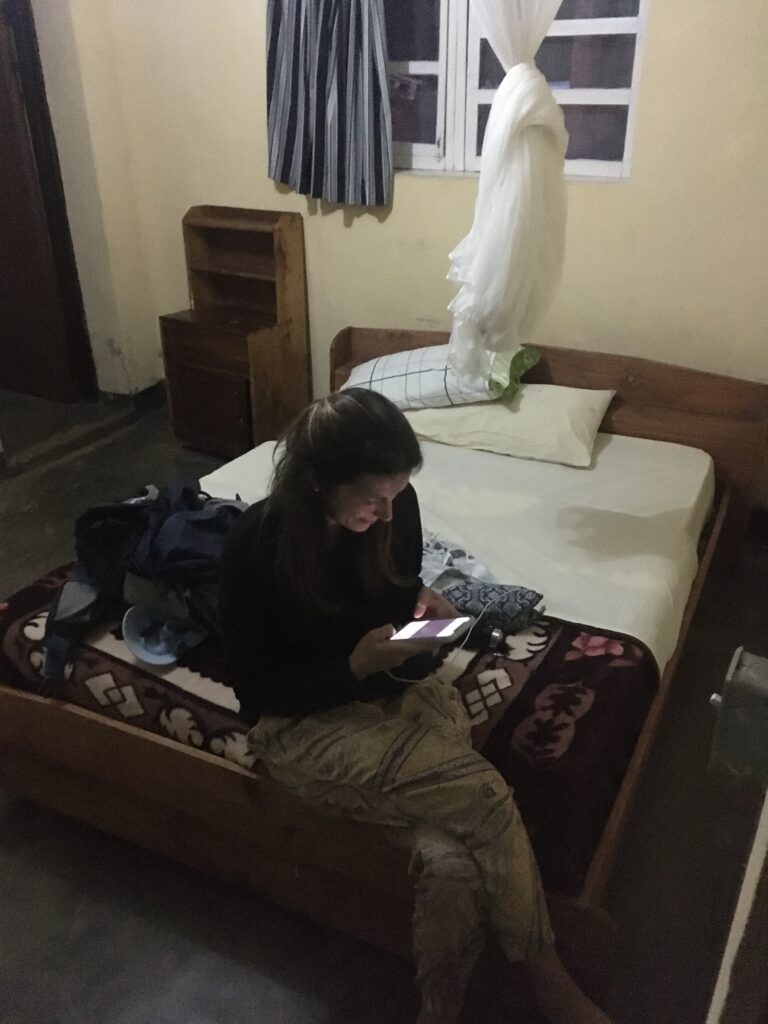
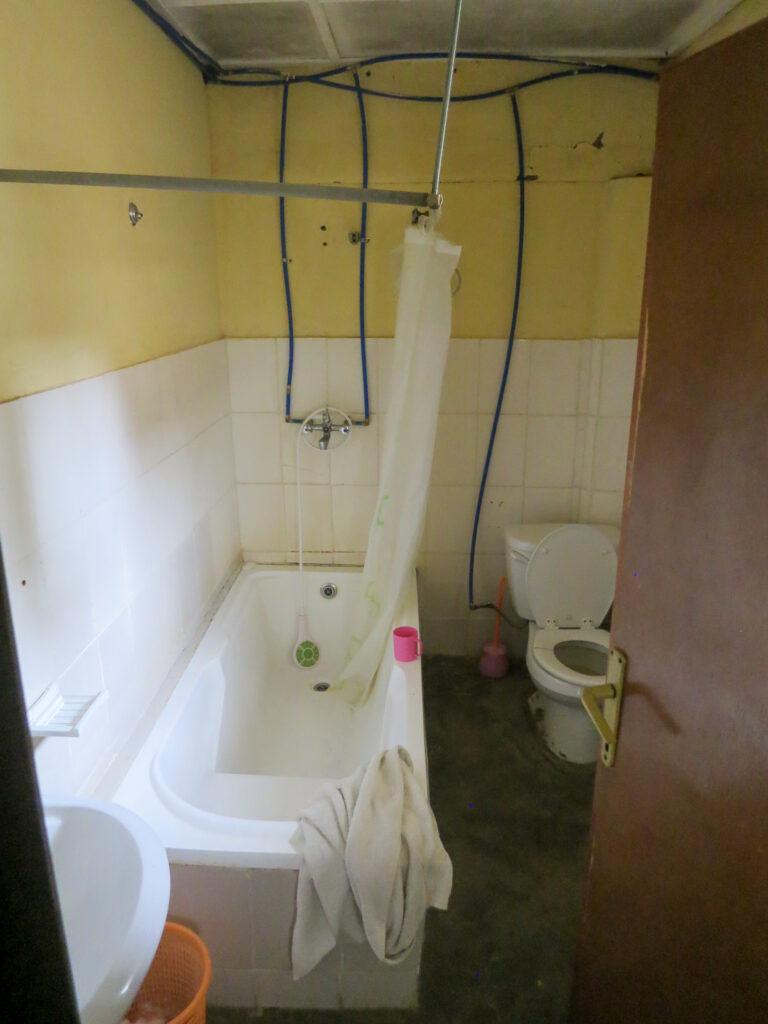
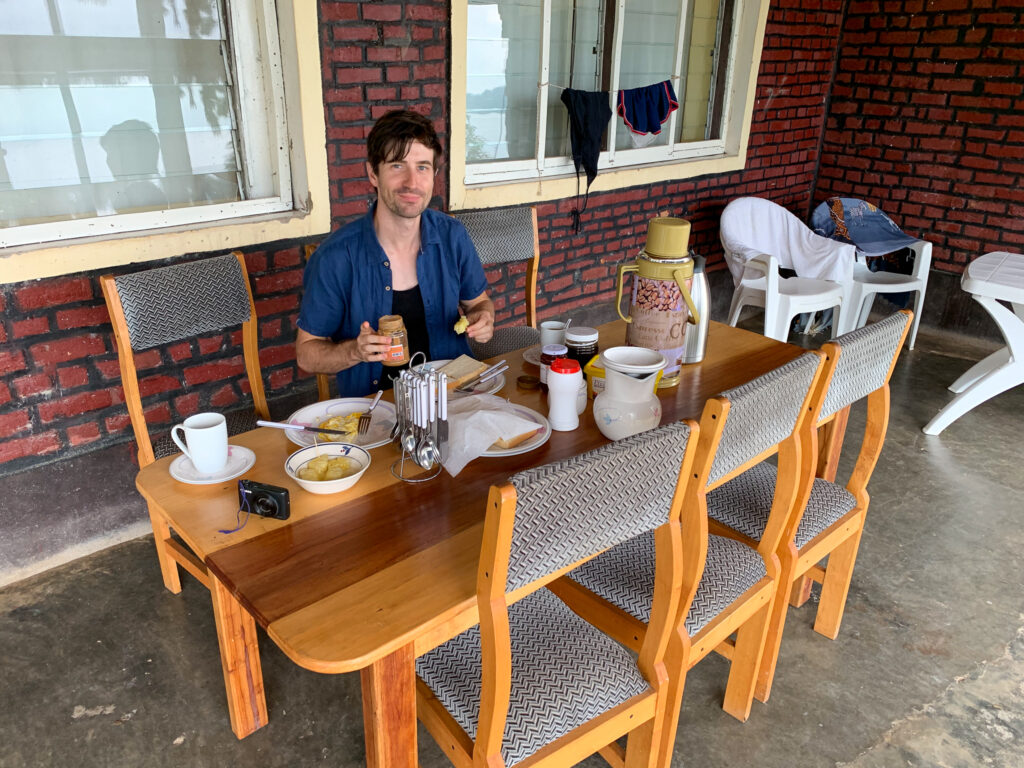
What to Pack
Unless you’re from the area, you’ll probably need a visa. For visa tips, read here.
Bring everything you will need except breakfast and dinner. Carry at least 2L of water with you each day you set off on the trail. There are a few small shops on the way, but their stock is extremely limited. Bread was generally available, so we brought our own peanut butter that we bought in Kigali, and some granola bars. But in the heat and humidity, we didn’t end up eating much during the day. Plus, there wasn’t anywhere convenient to sit down and quietly eat something without attracting a lot of attention.
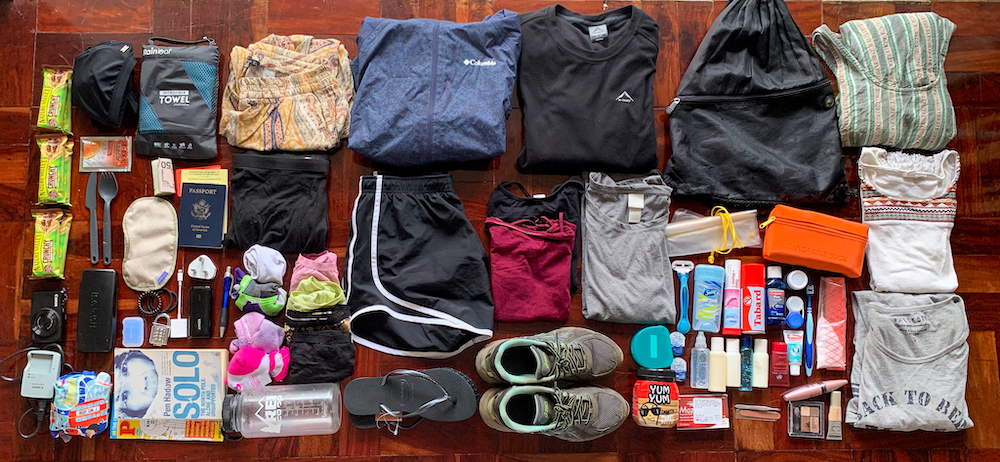
I only had one set of hiking clothes for each day to lighten the load of my pack. I know that other hikers have left much of their luggage at one end of the hike, and then returned at the end of the hike to pick their things up. We didn’t have time for that, so we had to carry everything we needed for a week’s trip. That means every item we brought had to have multiple uses, purposes and benefits. Unless it was a non-negotiable item like contact lens solution. Or a waterproof jacket for the afternoon rains and cooler evenings.
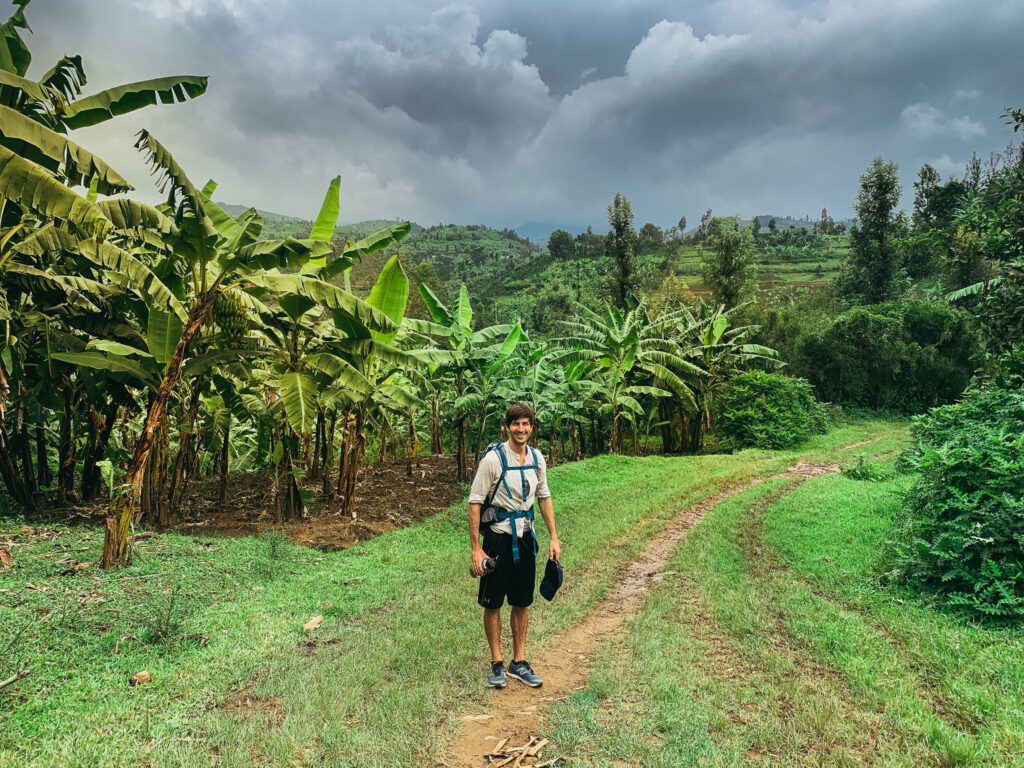
There is nowhere along the trail to buy medications. We brought our own pain medications and first-aid kit. We brought along back-up antibiotics, because I was in the middle of surgeries and also because you never know. You will need malaria pills to visit Rwanda – there are swarms of mosquitos and they don’t give two hoots about your insect repellent. The most important things we brought were water purifying tablets and anti-diarrheal tablets. You will likely need both.
Download the local Rwanda maps on Maps.me. The trail has some signage, but it’s not reliable nor does it give great indications of distances. If you have storm clouds gathering, you’ll want to know whether to pace yourself.
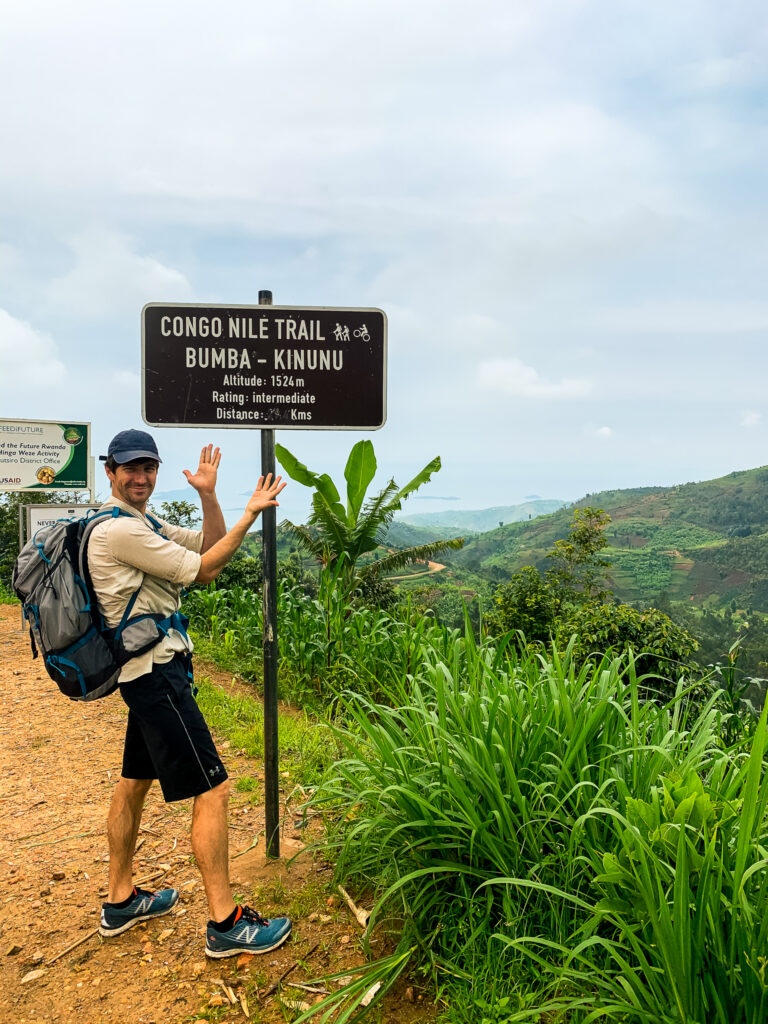
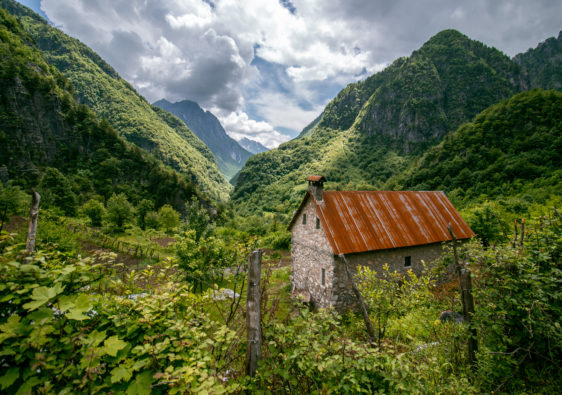
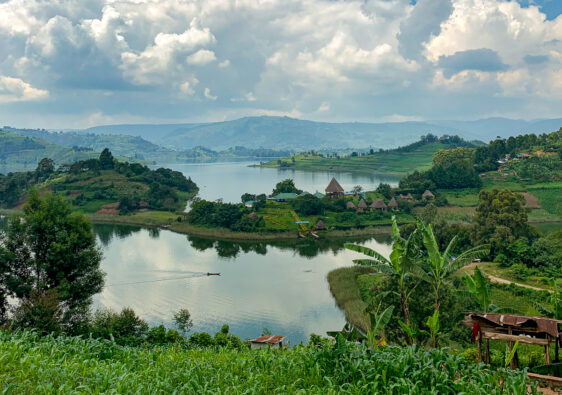
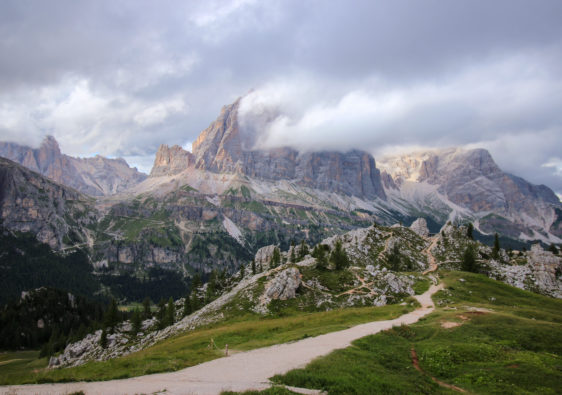
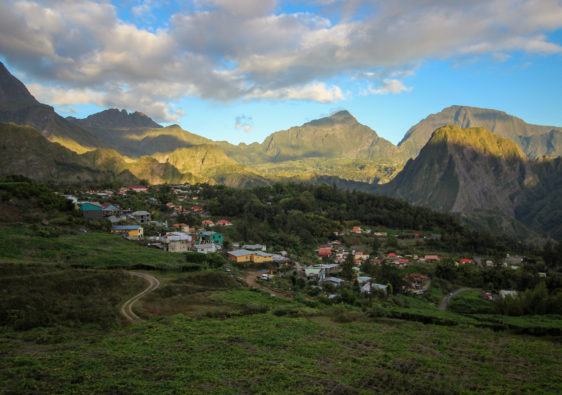
Hi, thanks for this very insightful article. Do you think that I could take a taxi moto on the way if I realise it’s taking me too much time to walk at some point of the trip? Thank you
Hi Louis, you can catch a mototaxi at the main villages along the walking route. There are a few in between each of the starting and stopping points for each day, so it shouldn’t be a problem. Just make sure you have cash on you.